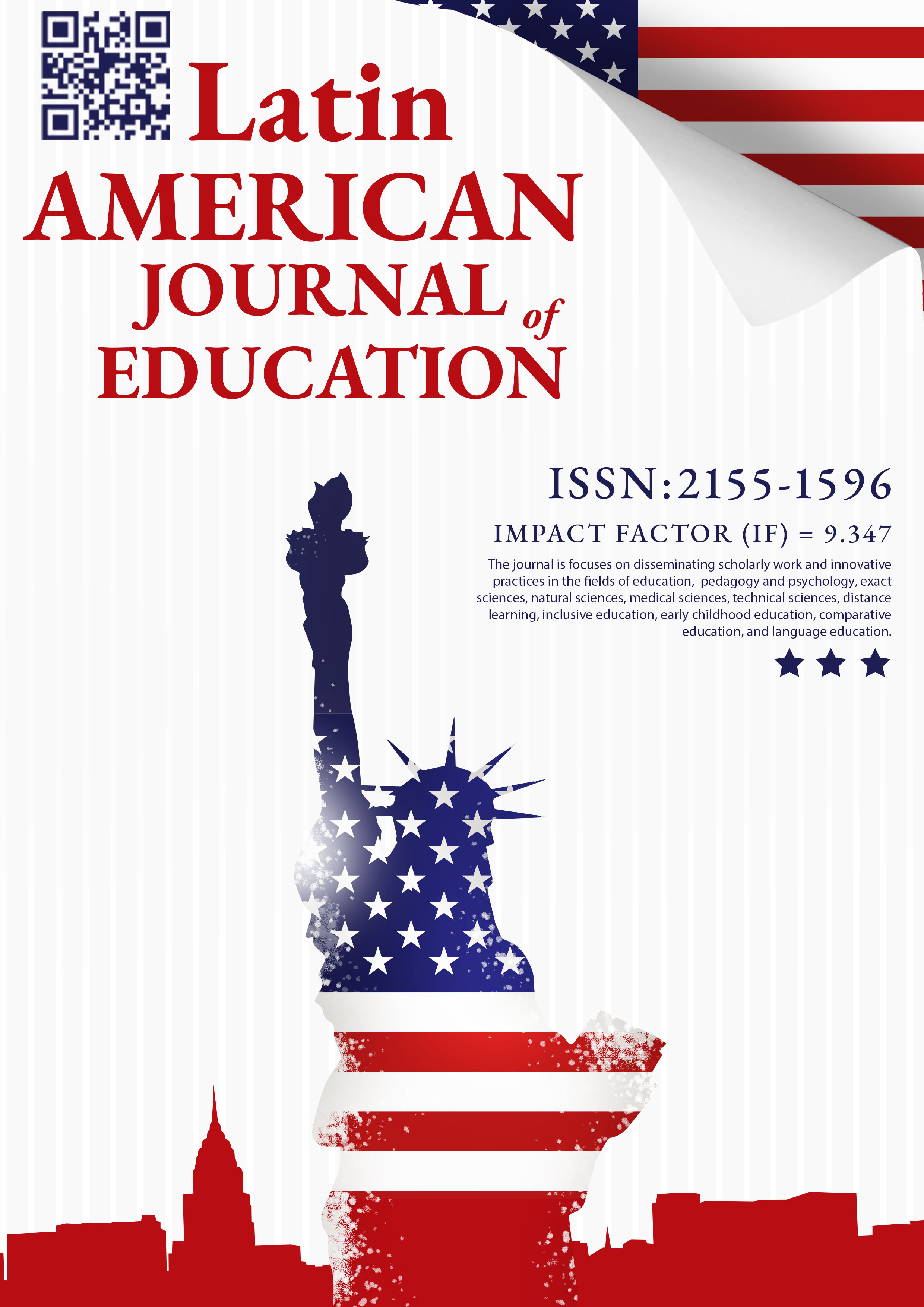EVALUATION OF THE TAXONOMIC DIVERSITY OF MICROORGANISMS IN INFERTILITY
Abstract
The article examines the taxonomic diversity of microorganisms in the vaginal biotope during infertility. It has been shown that the occurrence of representatives of the Lactobacillaceaye family varies from 16% to 88% in the vaginal biotope. Among the representatives of the family, L. jensenii, L. delbruyeckii, and L. amylolyticus of the Lactobacillus genus predominated. Moraxella spp. was found in large quantities in all samples, M. osloyensis was the leader among representatives of the entire community. It has been established that in infertility, the number of representatives of the Lactobacillus genus in the vaginal microbiota significantly decreases, which contributes to the excessive reproduction of conditionally pathogenic microorganisms, in particular M. osloyensis.
References
1.Chen C., Song X., Wei W., Zhong H., Dai J., Lan Z., et al. The continuum of microbiota along the female reproductive tract and its relationship to uterine diseases. Nat. Commun. 2017; 8 (1): 875. DOI: http://doi.org/10.1038/s41467-017-00901-0
2. Stone L. Infection: Vaginal microbiota and infectious infertility. Nat. Rev. Urol. 2018; 15 (3): 136. DOI: http://doi.org/10.1038/nrurol.2018.11
3. Ding T., Schloss P.D. Dynamics and associations of microbial community types across the human body. Nature. 2014; 509 (7500): 357-60. DOI: http://doi.org/10.1038/nature13178
4. Shishkova Yu.S., Dolgushina V.F., Grafova E.D., Zavyalova S.A., Kurnosenko I.V., Evstigneeva N.P. et al. Interrelation of the functional status of cervical secretion neutrophils in pregnant women with the species composition of lactoflora. Journal of Microbiology, Epidemiology and Immunobiology. 2018; 95 (4): 51-6. DOI: http://doi.org/10.36233/0372-9311-2018-4-51-56
5.Sycheva M.V., Peshkova Yu.I., Kartashova O.L., Andreeva A.V. Regulation by antimicrobial peptides of microorganisms' sensitivity to antagonistically active representatives of mutualistic microflora. Journal of Microbiology, Epidemiology and Immunobiology. 2017; 94 (6): 21-5.
DOI: http://doi.org/10.36233/0372-9311-2017-6-21-25
6.Franasiak J.M., Werner M.D., Juneau C.R., Tao X., Landis J., Zhan Y., et al. Endometrial microbiome at the time of embryo transfer: next-generation sequencing of the 16S ribosomal subunit. J. Assist. Reprod. Genet. 2016; 33 (1): 129-36.
DOI: http://doi.org/10.1007/s10815-015-0614-z
7. Campisciano G., Florian F., D'Eustacchio A., Stanković D., Ricci G., De Seta F., et al. Subclinical alteration of the cervical-vaginal microbiome in women with idiopathic infertility. J. Cell Physiol. 2017; 232 (7): 1681-8.
DOI: http://doi.org/10.1002/jcp.25806
8. Mikhailova N.A., Voevodin D.A., Poddubikov A.V. Correction of dysbiosis - the basis of regenerative medicine. Journal of Microbiology, Epidemiology and Immunobiology. 2018; 95 (5): 107-13.
9.Bogun A.G., Kislichkina A.A., Galkina E.V., Mayskaya N.V., Solomentsev V.I., Mukhina T.N. et al. Using modern methods for identifying bacteria in the activities of the state collection of pathogenic microorganisms and cell cultures (GKPM-Obolensk). Infection and immunity. 2016; 6 (3): 8.
10.Onderdonk A.B., Delaney M.L., Fichorova R.N. The human microbiome during bacterial vaginosis. Clin. Microbiol. Rev. 2016; 29 (2): 223-38.
DOI: http://doi.org/10.1128/CMR.00075-1511.
11.Lewis F.M., Bernstein K.T., Aral S.O. Vaginal microbiome and its relationship to behavior, sexual health, and sexually trans¬mitted diseases. Obstet. Gynecol. 2017; 129(4): 643-54. DOI: http://doi.org/10.1097/AOG.0000000000001932
12.Gómez-Camarasa C., Fernández-Parra J., Navarro-Marí J.M., Gutiérrez-Fernández J. Moraxella osloensis emerging infection. Visiting to genital infection. Rev. Esp. Quimioter. 2018; 31(2): 178-81. (in Spanish)















